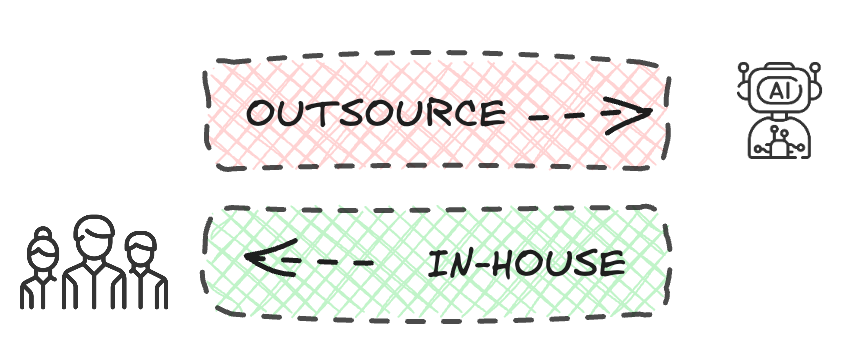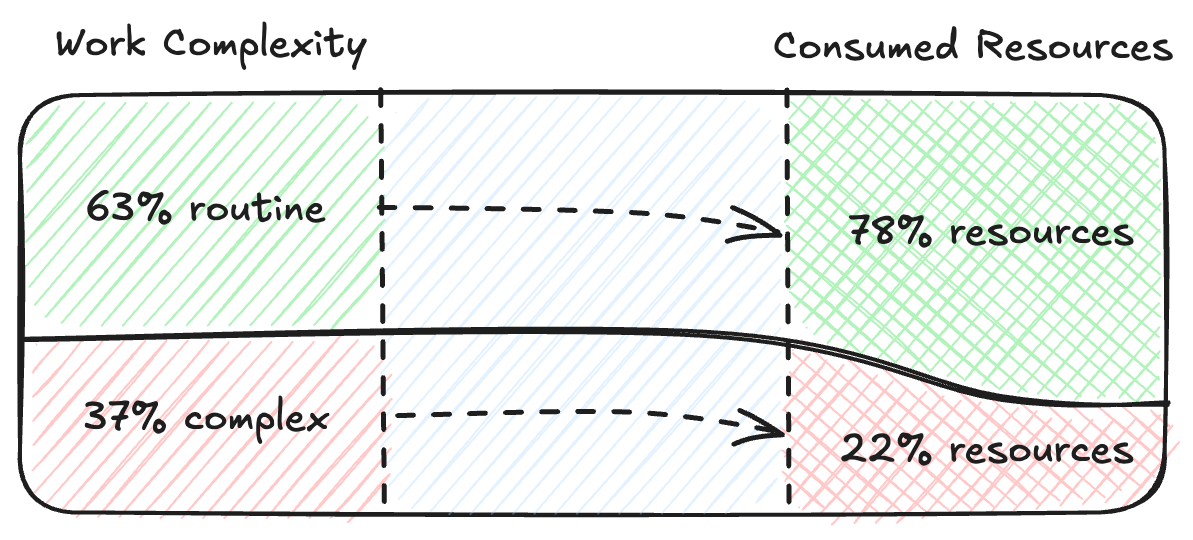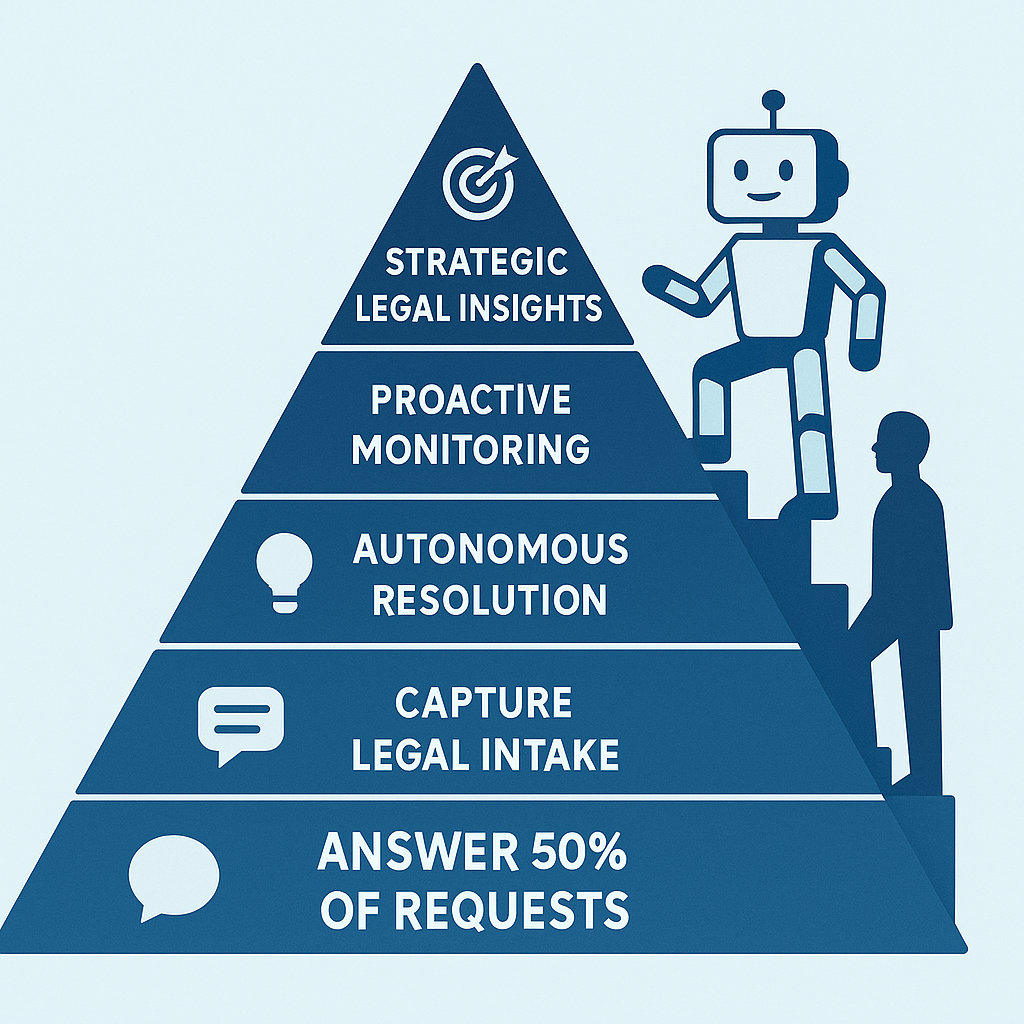
The Burden of Routine Work
63% of all legal and compliance requests are routine, yet they consume 78% of the company's resources (Arna internal data; EY GC Study, 2025). Legal departments are paying premium salaries for administrative busywork — contract template edits, status checks, follow-ups. No automation, no standardization. Just the same work done again and again by overqualified hands. Routine Work is typically urgent and there is pressure internally to get done fast. Complex work is typically important and high-value and impact, but not so urgent. Irronically, non-lawyers underastimate that routine work, while not difficult for the lawyers, still take time to review and analyse each case, and propose a solution or draft a deliverable.

The "Do More With Less" Crunch
83% of legal leaders expect their workload to increase. 79% have already seen that happen — with no increase in headcount (EY Law GC Study, 2025). Meanwhile, 84% of General Counsel say cost control is now a top priority. Translation: hire less, outsource less, get more done. Legal teams are being squeezed at both ends.
Legal Tech — But Not for You
Law firms are investing heavily in bespoke legal AI tools to boost margin. In-house teams? Just 36% report increased budgets for legal tech (EY Law GC Study, 2025). Most are still experimenting with GenAI, but only 25% see it as a high priority. Legal-tech AI solutions, built for law firms, provide significantly lower value to companies as they are built to for a setting where each case has a different client. On the contrary, in-house lawyers wish to solve matters as they solved similar ones before, and they serve the same client all the time - their company.
But in-house teams are not to be blamed. Over 75% of venture funding in legal AI platforms since 2020 went to tools focused on law firm use cases (LegalTech Hub, 2023). While law firms are in a great position to enjoy the offerings of competing legal-tech providers, in-house teams need to find a way to utilise generic AI tools, build their own ones, or find a way how to use the ones, which were primarily built for law firms.
Internal Friction Slows Innovation
One-third of legal departments report lack of internal alignment around sourcing and process change (EY Law GC Study, 2025). Another quarter face resistance to tech-driven innovation. Even when the problem is clear, the path forward often isn’t — or isn't politically feasible.
The Cost of Doing Nothing
Every day legal teams delay streamlining, the gap between expectations and capacity grows. Errors go up, delays pile on, external counsel becomes the fallback. The cost is not just inefficiency, it’s risk.
In-house legal isn’t broken. Law firms have AI to accelerate. In-house legal deserves the tools to they need.





